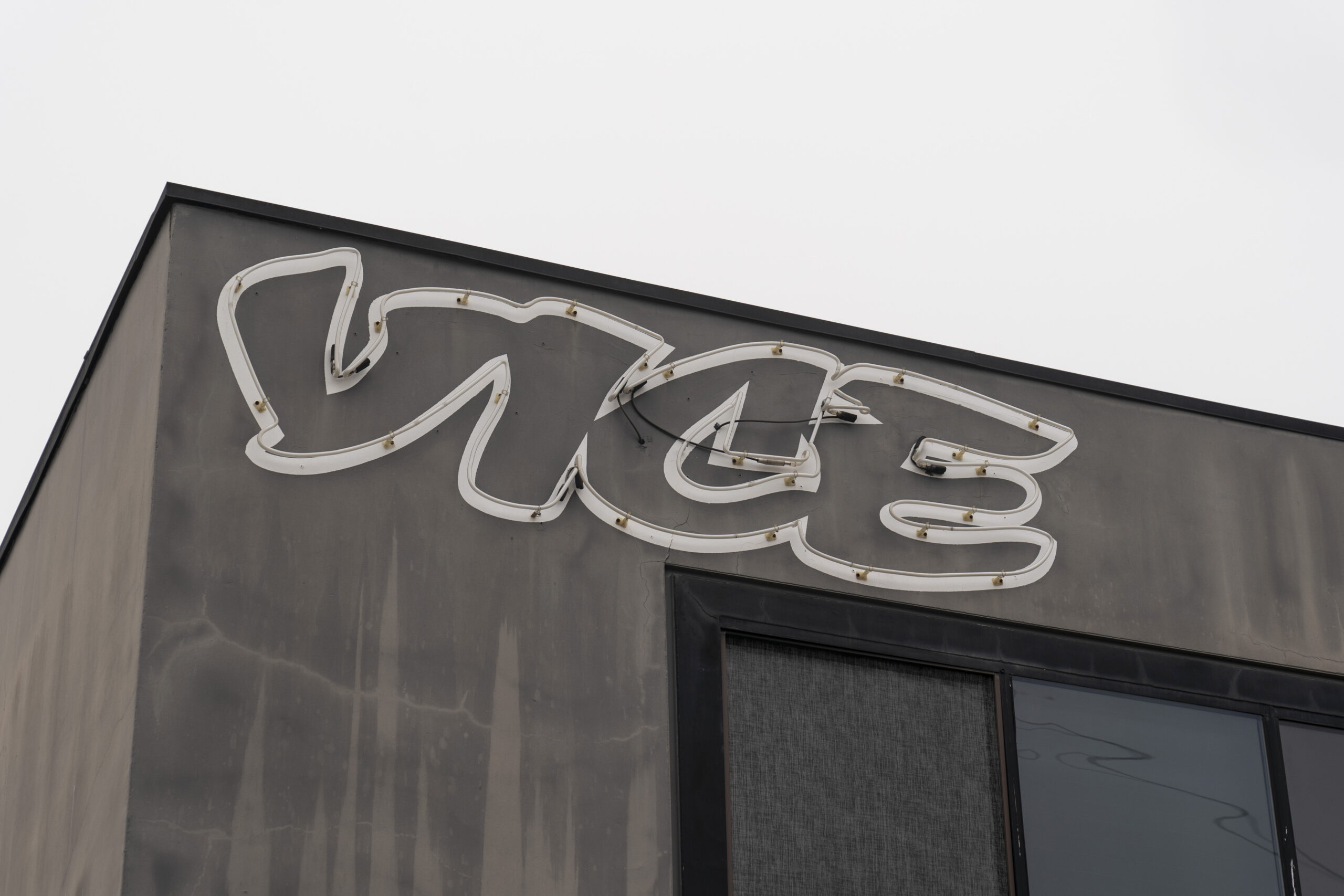
AP Photo/Jae C. Hong
Vice CEO Bruce Dixon told shell-shocked staffers on Thursday that the once high-flying media company plans to stop publishing content on its website and layoff “hundreds” of employees as part of a major reorganization of its business.
“After careful consideration and discussion with the board, we have decided to make some fundamental changes to our strategic vision at Vice,” Dixon said in an email to staff Thursday afternoon. Dixon said “it is no longer cost-effective for us to distribute our digital content the way we have done previously,” explaining that Vice would “partner” with other media companies to distribute its content and “fully transition to a studio model.”
“As part of this shift, we will no longer publish content on vice.com,” he said. As part the pivot away from news, Dixon said Vice will be “eliminating several hundred positions,” and those effected will be notified early next week. Currently Vice has fewer than 1,000 employees worldwide.
The stunning announcement came the day rumors spread that the ailing company — once heralded as the future of digital media and valued in the billions — was set to delete its entire website.
Sources told Mediaite that Vice employees received an anonymous tip on Wednesday night telling them to back up their stories because the website was set to be taken down. Panic set in, the sources said, which was exacerbated by the company shutting off the ability of employees to download their emails on Thursday.
Dixon and senior leadership throughout Wednesday declined to answer questions about the site’s future. “CEO and senior leadership is not taking multiple opportunities to deny the rumors, which is bad,” one staffer said. “They’ve been asked by the senior editorial leadership and haven’t responded.”
“It’s apocalyptic,” they said.
Employees hoped for some clarity at the weekly news meeting held at noon on Thursdays, but received none. Those who attended the meeting were left in a state of confusion.
One Vice staffer said, “There’s fear the site could just be shutdown and everyone could lose their jobs. Upper management is aware people have this fear and hasn’t addressed it.”
Ultimately, fears that the site would be shut down did not come to pass. Vice did not respond to requests for comment.
Vice was founded in 1994 in Montreal, Canada as a punk magazine covering music and other subcultures. The magazine’s covers often favored nudity, drugs, and blood. By 2017, Vice had grown into a sprawling media empire, boasting a popular website, a TV and production division, and an ad agency. A funding round from private equity firm TPG, which invests regularly in media properties, valued Vice at $5.7 billion.
Then everything came crashing down. The once-high-flying media business that afforded its CEO a $23 million mansion struggled to turn a profit, and a bad climate for digital media hastened its collapse. Last year, Vice filed for bankruptcy. In July, former lenders acquired the company in a deal that valued it at $350 million. A round of layoffs followed in November.
The stunning fall of Vice comes as the media industry writ large has taken a battering thanks to a faltering ad market. The Messenger, a digital media startup that raised $50 million in funding and hired hundreds of reporters, was shut down earlier this year after running out of money just eight months into its existence. The entire site was taken offline, leaving the journalists who worked there unable to access their own articles.
This story has been updated with new information.
Have a tip we should know? tips@mediaite.com






